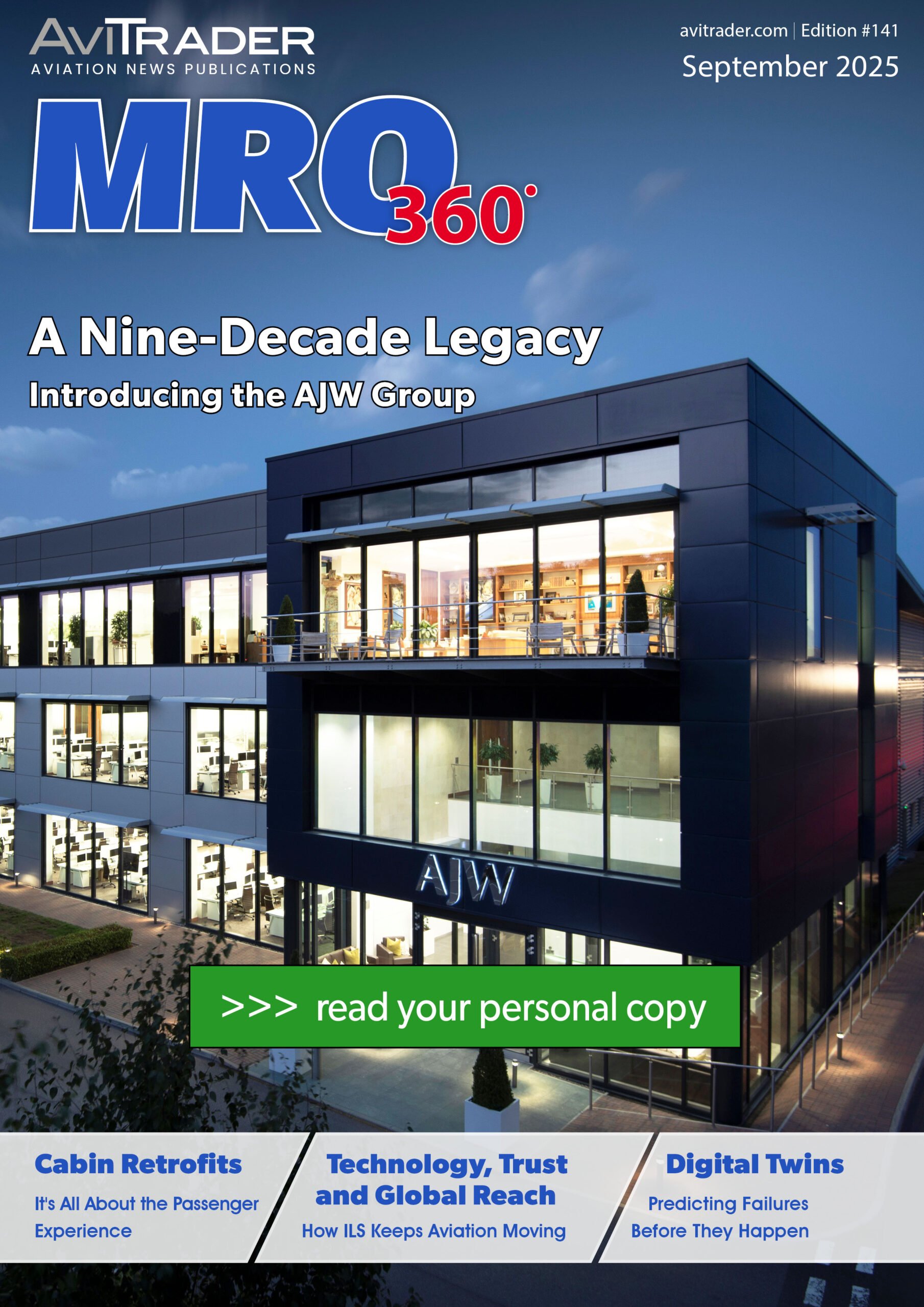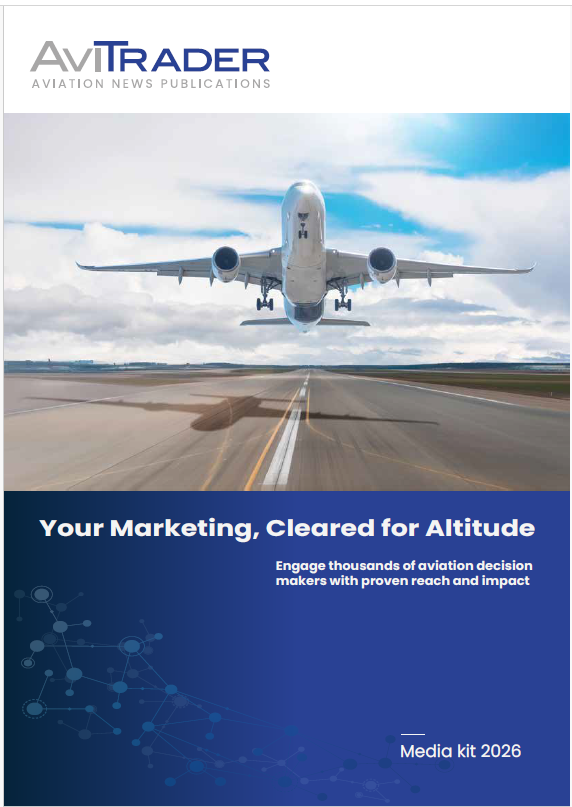Most MROs see regulators’ requirements insufficient where optimum safety standards are concerned
In the highly regulated world of Maintenance, Repair, and Overhaul (MRO), compliance with aviation authorities’ requirements is non-negotiable. Meeting the standards set by bodies such as the EASA, FAA, and national regulators is the minimum of responsibility. However, leading MRO organisations are discovering today that simply satisfying regulations is no longer enough to remain competitive, minimise risk, and build necessary trust with their customers. To stay ahead of the game, MROs are going beyond compliance and are now implementing advanced safety and compliance management systems (SCMS) that go way beyond the rulebook, embedding safety culture, predictive risk assessment, and operational excellence into daily practice.
From Compliance-Driven to Safety-Driven Operations
Traditional compliance models are deemed to be reactive. For example, audits uncover deviations, corrective action plans are executed, and processes are adjusted. While this ensures minimum legal requirements are met, it does next to nothing to proactively prevent incidents. Advanced SCMS frameworks have now shifted the focus from whether or not operations are compliant to whether or not they are as safe as possible. This approach now tends to incorporate Safety Management Systems (SMS) principles, such as hazard identification and proactive risk management. The approach also recognises human factors as a critical component of operational safety, while encouraging continuous improvement rather than focusing solely on checklist-driven activities. In short, compliance becomes the consequence of a safety-first mindset, rather than being a motivator.
The Role of Technology in Modern SCMS
The modern MRO environment is exceptionally complex, involving multiple workstreams, suppliers, regulatory jurisdictions, and that’s before you include an inexhaustible list of client requirements. However, digital transformation is enabling SCMS solutions to automate compliance tracking through the implementation of digital logbooks, e-signatures, and blockchain-based record integrity, all of which help to ensure traceability and audit readiness. We then have the ability to now integrate predictive analytics – the AI-driven analysis of maintenance data helps anticipate equipment failures and safety risks before they occur. Real-time reporting has been enabled through cloud-based platforms which allow technicians, supervisors, and compliance teams to capture and share safety data instantly. And then we have a system which supports mobile access so technicians can access regulatory requirements, manuals, and risk assessments directly from the work floor. The combination of IoT sensors, data analytics, and centralised compliance platforms is helping to transform SCMS from a static record-keeping function into a dynamic decision-making tool.
Building a Safety-First Culture
Even the implementation of the most advanced SCMS is pointless though if it is not underpinned by a strong organisational safety culture. In order to create such a culture, MRO organisations now look to promote non-punitive reporting so that employees feel safe to report errors or hazards, conduct regular training that focuses not just on regulatory updates but on situational awareness, teamwork, and decision-making. They also look to create safety champions or cross-functional safety committees to embed best practices in every department, as well as encourage feedback loops—ensuring that reported issues lead to visible action and improvement. The ultimate goal is to change the mindset of employees so that they no longer see safety as an administrative burden and hurdle and instead embrace it naturally as a shared professional responsibility.
Integrating Compliance with Business Performance
Advanced SCMS approaches view compliance not so much as an isolated regulatory function but more as part of the overall business performance framework. As a consequence, such an integration can result in the reduction of reworking and delays by identifying inefficiencies in maintenance processes. It will also result in an improvement in customer trust through the MRO’s ability to advertise its transparent and demonstrable safety standards. Beyond this, and when operating costs are so critical, it should be possible to lower insurance premiums by evidencing proactive risk management. Finally, as a company’s greatest asset is its workforce, and a robust SCMS approach will certainly help to increase staff retention by fostering a safer, more engaged workplace. When safety and compliance become an automatic part of strategic business planning, the benefits will always extend beyond regulatory comfort and should result in financial and reputational resilience.
Continuous Improvement Through Data-Driven Insights
One of the key benefits of a modern SCMS is its capacity to promote and drive continuous improvement. It can achieve this through trend analysis for identifying recurring maintenance findings or near-miss patterns and benchmarking through comparing performance across facilities, fleets, or industry standards. Beyond this, you also have adaptive risk modelling through the dynamic updating of hazard and risk assessments as new data emerges, and automated audit preparation which help to reduce the administrative workload and ensure readiness for unannounced inspections. By turning safety and compliance data into actionable intelligence, today’s MRO organisations can stay well ahead of both regulatory changes and operational risks, benefitting both staff and customers alike.
In Conclusion: The Future of Safety and Compliance in the MRO environment
In the MRO sector, the minimum requirement will always be to meet any required regulatory framework. However, forward-thinking organisations are beginning to recognise that true operational safety and competitive advantages lie well beyond these minimums. We can now see that advanced safety and compliance management systems—powered by technology, embedded in culture, and integrated into business strategy—are setting the new standard and that these systems not only safeguard people and assets but also enhance efficiency, reputation, and long-term sustainability.
In an industry where the margin for error is almost non-existent, the move beyond regulations is not just a question of trying to be progressive—it has now become essential.
































